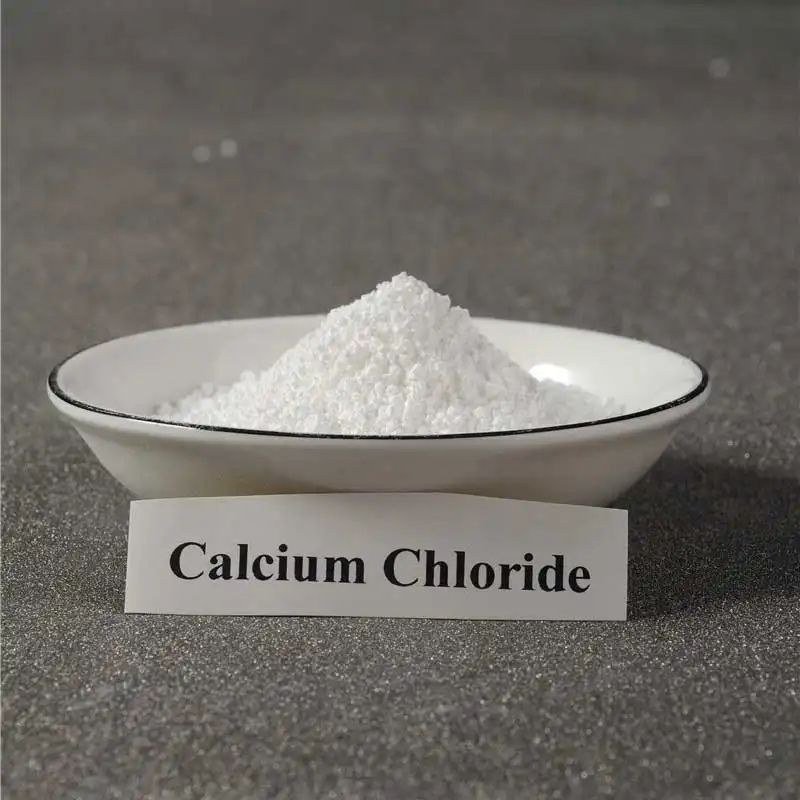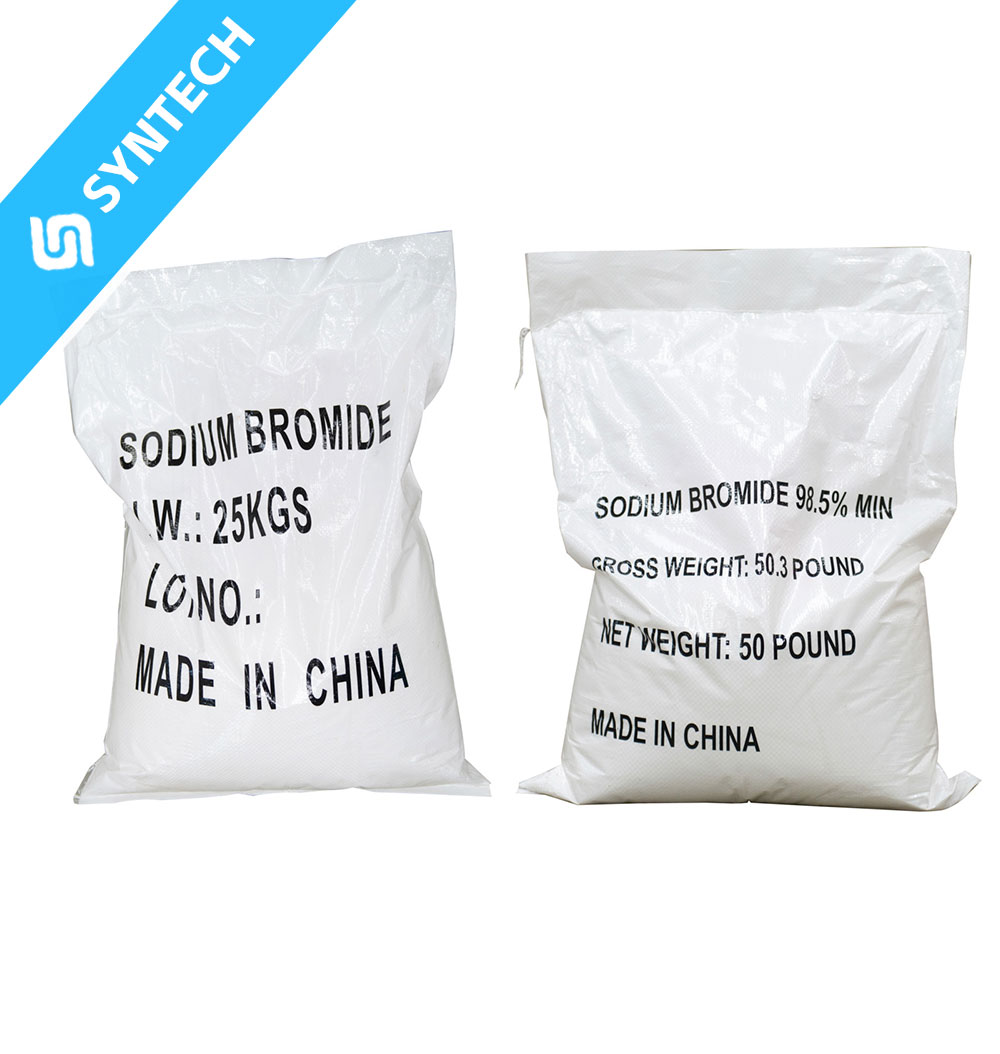Calcium bromide (CaBr₂) is widely used in the oil and gas industry, primarily in drilling, completion, and workover fluids due to its high-density brine properties and chemical stability. Below is a detailed explanation of its roles and functions:
1. Drilling Fluids (Drilling Muds)
Functions:
- Density Control:
- CaBr₂ is dissolved in water to form a high-density brine (up to 14.2 lb/gal or 1.70 g/cm³ when used in concentrated form).
- This helps balance formation pressure, preventing blowouts and maintaining wellbore stability.
- Shale Inhibition:
- The calcium ions (Ca²⁺) help reduce clay swelling in shale formations, minimizing wellbore instability.
- Bromide ions (Br⁻) contribute to inhibition of hydration, reducing formation damage.
- Thermal Stability:
- Calcium bromide brines remain stable at high temperatures (up to 400°F / 204°C), making them suitable for deep drilling and high-pressure/high-temperature (HPHT) wells.
- Corrosion & Compatibility:
- Less corrosive than zinc or calcium chloride brines when properly inhibited.
- Compatible with most elastomers and metals used in downhole equipment.
2. Completion & Workover Fluids
Functions:
- Perforation & Well Cleanup:
- Used as a clear brine fluid (no solids) to minimize formation damage during completion operations.
- Prevents plugging of production zones compared to traditional muds.
- Sand Control:
- Helps stabilize unconsolidated formations by maintaining hydrostatic pressure without introducing solids.
- Kill Fluids:
- Used to temporarily control well pressure during workover operations, preventing kicks or blowouts.
3. Packer Fluids
- Long-term Wellbore Stability:
- Calcium bromide brines are used in annular packer fluids to provide continuous hydrostatic pressure support.
- Resists gelation or crystallization over time, ensuring long-term reliability.
4. Advantages Over Other Brines
| Property | CaBr₂ Brine | CaCl₂ Brine | ZnBr₂ Brine |
|---|---|---|---|
| Density Range | Up to 14.2 lb/gal | Up to 11.6 lb/gal | Up to 19.2 lb/gal |
| Corrosivity | Moderate (lower than ZnBr₂) | Low | High (requires inhibitors) |
| Cost | Mid-range | Low | High |
| Environmental Impact | Less toxic than ZnBr₂ | Low toxicity | Higher toxicity |
- Preferred in HPHT Wells:
- More stable than NaCl or CaCl₂ at extreme temperatures.
- Less expensive and less corrosive than zinc bromide (ZnBr₂).
5. Limitations & Considerations
- Hygroscopic Nature: Absorbs moisture, requiring proper storage.
- Crystallization Risk: May precipitate in cold environments; often blended with other brines (e.g., CaCl₂) to mitigate this.
- Handling & Safety:
- Can irritate skin/eyes; proper PPE (gloves, goggles) is required.
- Must be disposed of properly to avoid bromide contamination in water sources.
Conclusion
Calcium bromide is a versatile, high-density brine widely used in drilling, completion, and workover operations. Its thermal stability, shale inhibition, and lower corrosivity make it a preferred choice for HPHT wells, offering a balance between performance, cost, and environmental impact compared to alternatives like ZnBr₂.






